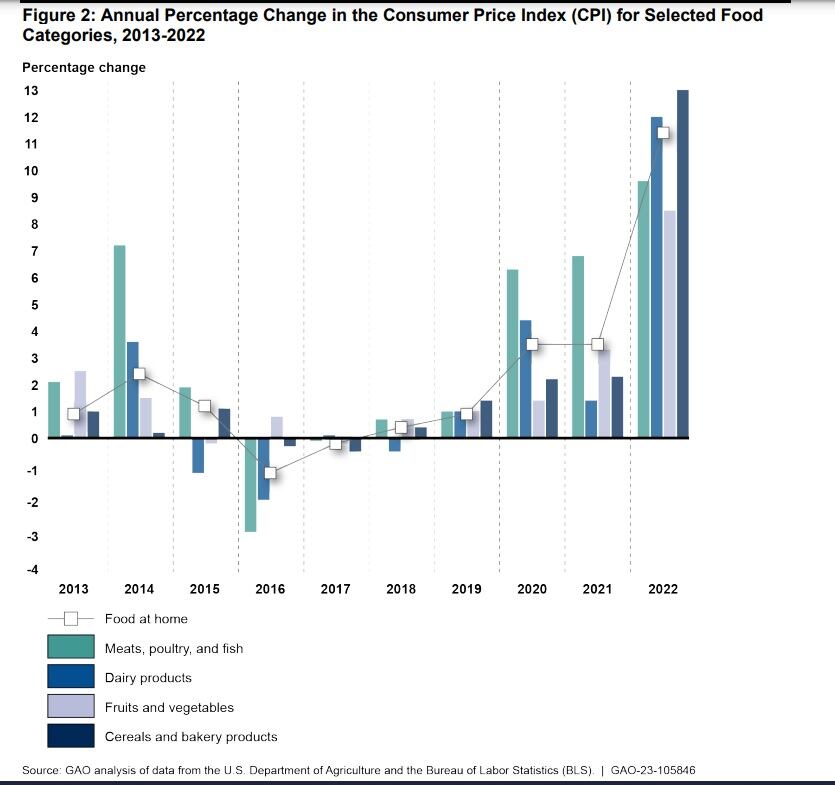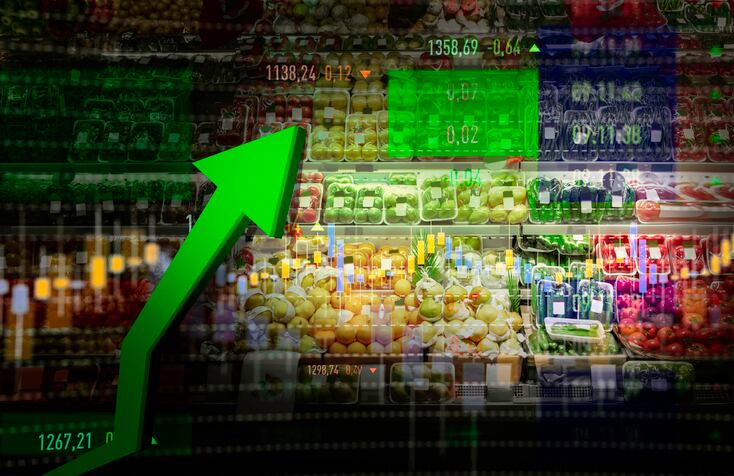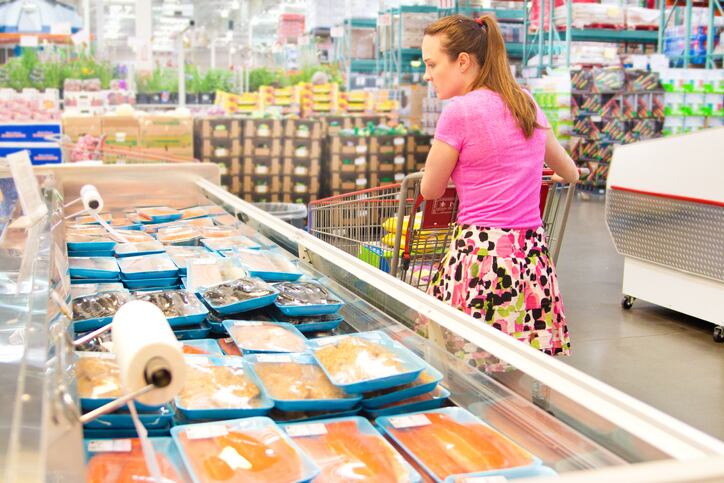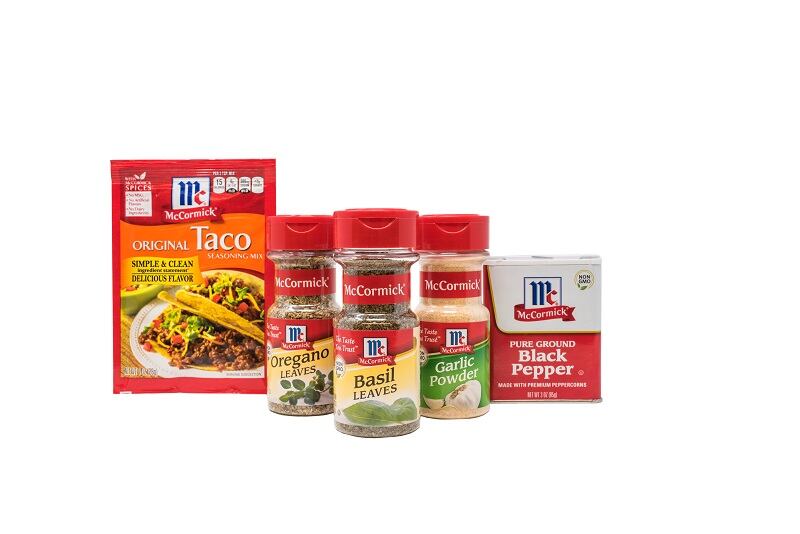Between 2021-2022, food retail prices saw a spike of 11%, the largest price increase in over 40 years, according to the 2023 U.S. Government Accountability Office report, Food Prices: Information on Trends, Factors and Federal Roles. For comparison, food prices grew no more than 2% between 2013-2022.
As inflation challenges many U.S. consumers, lower income consumers who reportedly spend 30% of their total income on food are particularly affected. GAO cites the study also focuses on the proactivity of federal agencies as indirect influencers of price increases (i.e. FDA, USDA, DOT and EPA, among others).
But, relief may be on the way.
While 2022 retail food prices are at an all-time high, price increases are expected to grow more slowly in 2023, according to the USDA’s findings on food price outlooks. Based on the USDA’s 2022-23 findings on the Consumer Price Index (CPI), between January and February 2023, economy-wide inflation grew by 0.6%, up 6.0% from February 2022. For food inflation, prices grew 0.4% between January-February 2023, a 9.5% increase than February 2022.
Weather events, climate change and animal disease outbreaks as contributors to retail food price increases
Since the pandemic, the term “supply chain disruptions,” made its place in mainstream conversation across all industries. And for food and beverage, it’s no different.
Over the last three years, factors including the COVID-19 pandemic, the Russia-Ukraine conflict, energy costs, weather events and climate change, transportation costs and food and agriculture policy changes, among others have significantly impacted the retail food segment.
The report takes a closer look at factors specific to food and beverage price increases: droughts in 2021, the Highly Pathogenic Avian Influenza virus outbreak in 2022, citrus greening and commodity price spikes for corn, wheat and soybeans, among others.
The highest costs contributing to current retail food price increases are production, processing, agriculture and distribution. According to the USDA’s November 2022 Food Dollar Series, for every dollar spent, consumers pay approximately 24 cents for food processing, 19 cents for retail trade, and 14 cents for wholesale trade and farm production when buying a food product.
Cereals and bakery products among the most impacted categories
While the CPI for food products has seen steady growth, among the categories reported, cereals and bakery products (13%) and fruits and vegetables (9%) saw the most change from 2013-2022. Dairy products and meat, poultry and fish saw more significant fluctuations in the same time period.





